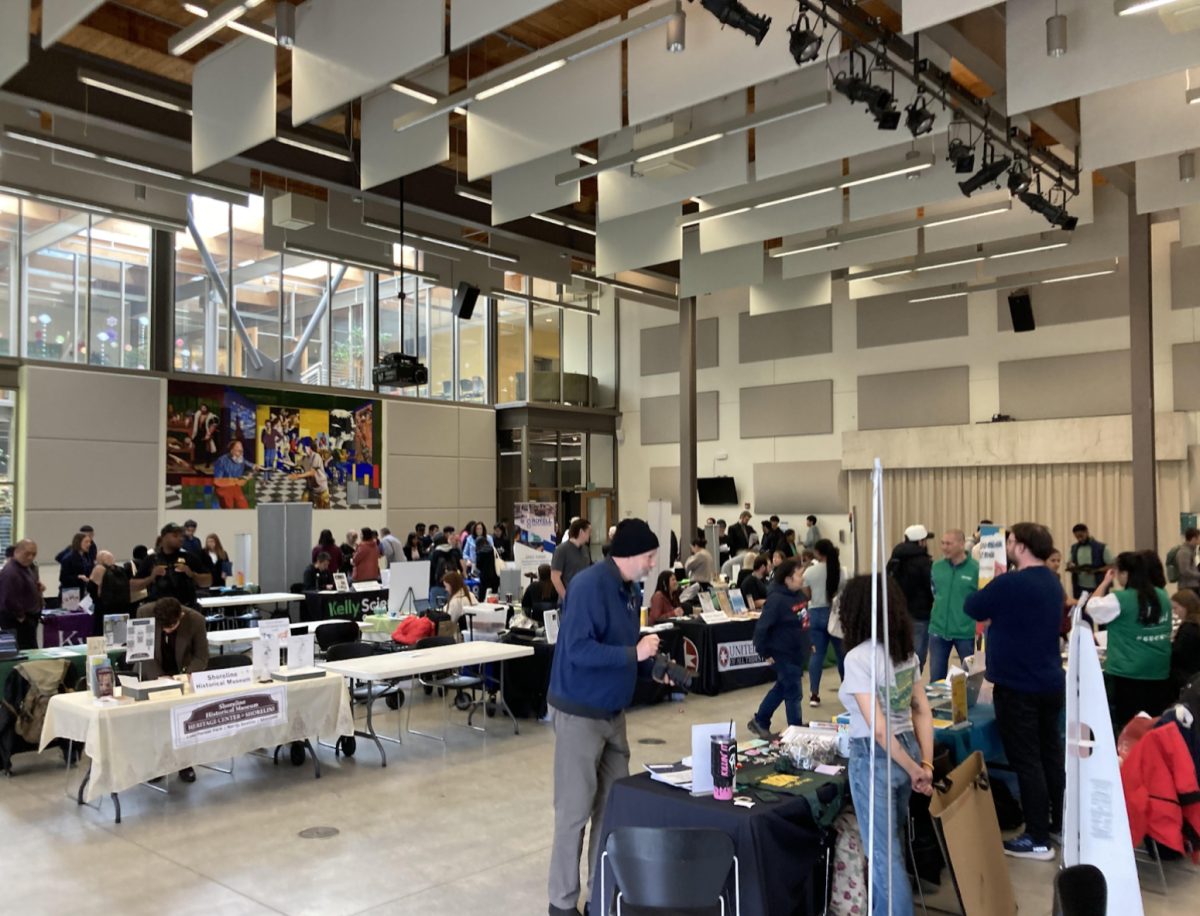TIPS TO TACKLE YOUR ALLERGIES
Ah-Choo! Gross: now there’s snot all over your hands. Even worse: you sneeze three more times in a row simply because you’re outside.
Welcome to spring — where seasonal allergies have become many people’s greatest adversary.
In Washington state, peak pollination occurs around late March and late June, according to Dr. Audrey Park of Northwest Asthma & Allergy Center.
Furthermore, in an article on tripsavvy.com, Park states that Seattle’s most common allergens include dust mites, Alder trees, grasses and, unfortunately, pet dander. Beyond King County, ragweed, sagebrush, pigweed and Kochia are the most prevalent allergens in Eastern Washington, according to Park.
Considering the county’s high percentage of blooming foliage, most allergy-prone individuals aren’t safe from one of the few downsides of Seattle’s sunny season.
In the U.S., according to a 2017 WebMD.com article, “more than 50 million Americans suffer from allergies each year.” And it’s only going to get worse.
A vox.com article estimates that the pollen count on all levels will double by 2040, according to researchers, based on the way that the world governments decides to tackle greenhouse gas emissions.
The kicker is that humans can actually lower the chances of earth’s increasing potent allergy seasons by attacking the issue of global climate change.
But, that’s a long-term problem. Right now, the issue resides in runny noses, constantly watering eyes, itchy skin and consistent sneezing.
Here’s a few suggestions on defending yourself against the onslaught of allergy season. It’s going to be a rough few months and it doesn’t hurt to begin prepping.
Spring has come.
Allergy Medications: Non-Prescription
Disclaimer: I am not a doctor, just a student journalist. I cannot guarantee that any of these will work specifically for you.
Benadryl: I’m biased. This is my cure-all for 100 percent of my seasonal allergies, as well as any other small breakouts during the non-pollen season.
Benadryl is an antihistamine (a drug that blocks histamine, a compound released by cells in response to injury and allergic reactions) and relieves symptoms of the common cold, allergies and hay fever. These little pink tablets carry a powerful counterpunch, however: drowsiness.
From my experience, one tablet of Benadryl is enough to soften symptoms. However, two or more may leave the user sleepy, not just drowsy.
Word of caution on this one: Don’t take Benadryl before any physical activities such as driving, working out or going to class, since this particular medication is known to cause drowsiness with higher dosages. The effects are different for everyone, but I would highly suggest saving those motor functions for another time if you’re ingesting Benadryl.
Zyrtec and Claritin: Cool name, right? Z’s are pretty sweet in any name. Besides having a snazzy title, Zyrtec also treats watery eyes, runny noses, itchiness, sneezing and hives.
However, Zyrtec doesn’t prevent hives or serious allergic reactions, which may be separate from seasonal allergies.
It is effective for about 24 hours and doesn’t induce drowsiness as a symptom.
Similar to Zyrtec, Claritin also claims to be effective for 24 hours and has less drowsy effects.
It takes effect around 1-2 hours after intake, while Zyrtec dissolves in less time than that.
Allegra: This allergy-sounding solution has two medications: fexofenadine (another type of antihistamine) and pseudoephedrine (a decongestant, which relieves stuffy nose and ear congestion).
Allegra is not recommended for children 12 years and younger due to the large amounts of decongestant within the pill. Luckily, there’s other options.
Allegra claims to be effective for 12 hours. You can be the expert on that, since I haven’t tried it and stick to good ol’ Benadryl.
Other Allergy-Preventative Options:
Immunotherapy Shots: I hate shots just as much as the next person. But they’re quick and efficient.
“Immunotherapy” is inserted through shots and can last for three to five years. According to Dr. Sandra Hong, an allergist at the Cleveland Clinic in Cleveland, Ohio, “over 80 percent of the time, people experience relief.”
Like most flu shots, immunotherapy carries a small chance of a severe allergic reaction, so be prepared for a possible outbreak.
Nasal Sprays: Feeling comfortable about shoving things up your nose? Antihistamine nasal sprays are another preventive solution.
These are available via prescription and may cause less drowsiness in comparison to allergy pills, but they can still make you slightly sleepy.
Decongestant nasal sprays shrink the blood vessels and tissues that cause congestion and are also available with a prescription. However, users are advised to not use this particular preventative measure for more than three consecutive days, since the spray itself can clog your nasal chambers.
Showers: Take evening showers. Pollen collects on hair and skin, and @@@will@@@ stick to your pillowcase. Save yourself the pain of waking up to (shudder) allergens.
No Pets… In Your Room: Fur from furry friends can certainly carry pollen. If you don’t want it contaminating your room, pets — unfortunately — may have to sleep outside your bedroom.
Sorry, Fido.
Air Conditioners: AC’s are expensive, and what’s better than riding down the ol’ town road with the windows down, hair flying in the wind?
My answer: Breathing. Breathing and not sneezing every other second is better than inhaling pollen while the windows are down.
Unless you don’t mind the risk of allergens, keep those windows open wide. If you do mind, turn that knob to “cold.”







